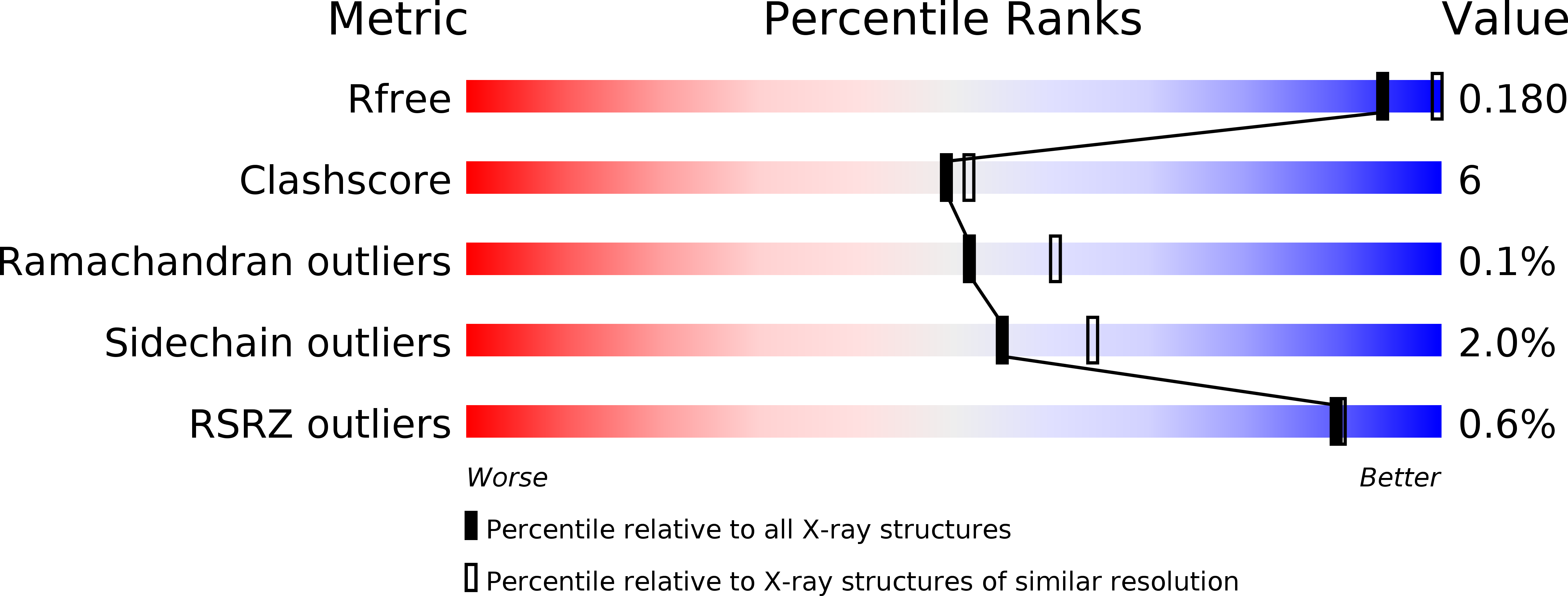
Deposition Date
2015-01-02
Release Date
2016-07-06
Last Version Date
2024-03-20
Entry Detail
PDB ID:
4XGS
Keywords:
Title:
Crystal structure analysis of novel iron uptake mechanism of Gram-negative bacterial ferritin
Biological Source:
Source Organism:
Escherichia coli K12 (Taxon ID: 83333)
Host Organism:
Method Details:
Experimental Method:
Resolution:
2.25 Å
R-Value Free:
0.18
R-Value Work:
0.14
R-Value Observed:
0.14
Space Group:
I 4


